A diagram showing the different rotation axes.
The Earth's Rotation
The Earth is rotating around an axis
(called its
rotational axis). Some objects rotate about a
horizontal axis, like a rolling log. Some objects, such as a skater,
rotate about a vertical axis. The Earth's axis is tipped over about
23.5° from vertical.
How do we define up and down in space? What would "vertical" mean?
For the Earth, we can think of vertical as straight up and down with
respect to the plane in which the Earth orbits the Sun (called the ecliptic).
Earth's rotational axis points in the same direction relative to the stars, so that
the North Pole points towards the star Polaris. Think of the Earth as
a spinning top, tipped over to one side. Over very long time periods (thousands of years) the direction of Earth's axis slowly changes due to precession.
The Earth rotates around once in 24 hours - that's a rate of 1000
miles per hour!. The time it takes for the Earth to rotate completely
around once is what we call a day. It's Earth's rotation that gives
us night and day.
The combined effect of the Earth's tilt and its orbital motion result in the seasons.
You might also be interested in:

The Earth's orbit is in the shape of an ellipse (a stretched out circle), so that sometimes the Earth is closer to the Sun than at other times. Is this the cause of the seasons? You can imagine that if
...more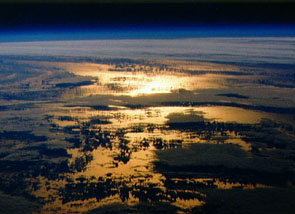
Scientists use fancy words to describe things sometimes. The Earth doesn't orbit the Sun in a perfect circle. So, there is a point when the Earth is closest to the Sun and farthest from the Sun. Scientists
...more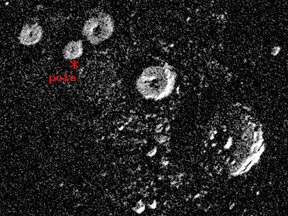
Most planets are tilted. Their North and South Poles are not straight up and down. Earth is tilted a medium amount. Uranus is tilted a lot. Mercury is hardly tilted at all. It is tilted less than any other
...more
Mercury has a magnetic field. Its field is weak. Earth's magnetic field is tilted. So is Mercury's. That means Mercury's magnetic poles are not in the same place as its geographic poles. Mercury has a
...more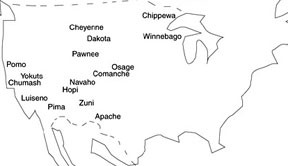
People have been living in North America for a long, long time. The first people to live there were the Native Americans. They didn't have clocks or calendars so they watched tides, the Sun, the Moon,
...more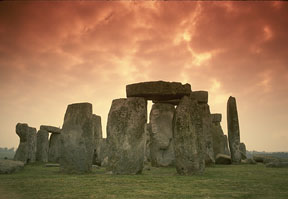
Man has always observed the sky. By watching the Sun and Moon, early man could tell what season was coming next. They had to know this to be able to farm and hunt. Archeoastronomy started in the 1960's
...more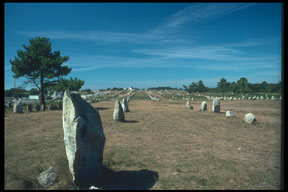
The stones of Carnac, France, are very famous because there are a lot of them and because they are so old! The oldest stones found in Carnac are from about 4,500 B.C. That's older than the stones at Stonehenge!
...more















